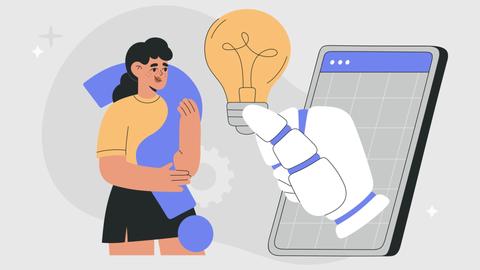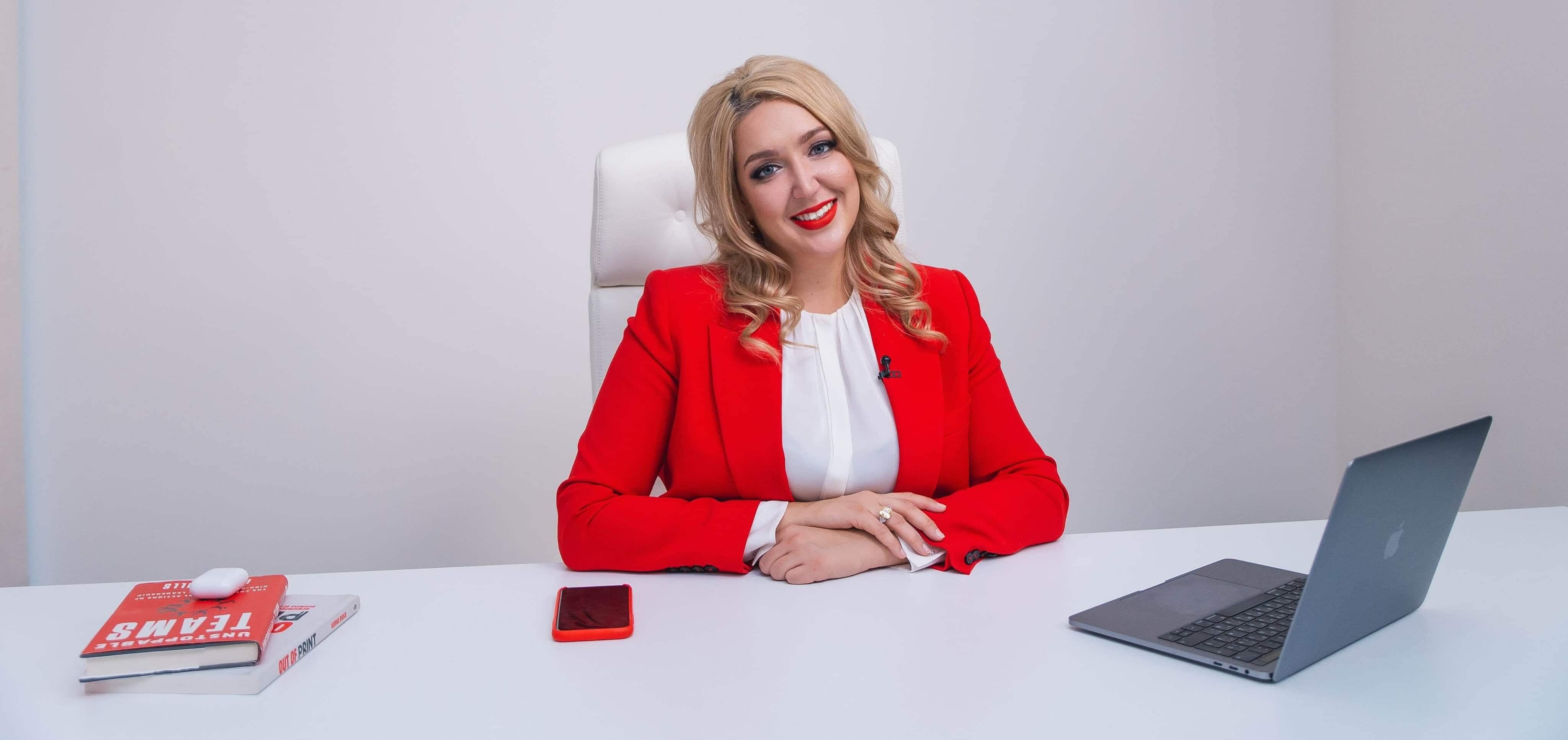The in-depth interview method: ins and outs
There are many research techniques, and an in-depth marketing interview is one of the most effective methods.

We create products for people. Marketing, technical support, development, design - everything exists for the convenience of the user. But it seems that companies often forget about this, as well as about marketing research. This is how we end up with cumbersome banking applications, overloaded websites, product packages that are hard to open, clothes that are impossible to wear. In a world oversaturated with goods and service offerings, the only way to survive is to know your customer's true needs. How to ask the user and hear their answers, feel their pain and needs, and apply this knowledge to improve your product?
What is an in-depth interview

This is a personal conversation between two people - a marketer and a consumer, built on a pre-made scenario, without the use of direct questions. The goal of this interview is to allow the respondent to talk freely about their experience and, using leading questions, help them make their story more personal and detailed. The in-depth interview method implies that the conversation is one-on-one, it won't be possible to interview five people at once.
The interviewer can't express their expert opinion, they should just direct the conversation in the right direction to clarify the details, which are most important for the research.
How do in-depth marketing interviews differ from other types of interviews?
It is called in-depth because it allows you to understand better the motives of the consumer and get to the bottom of the issue. Most likely, you won't be able to do that by asking direct questions (questions that can be answered explicitly).
In marketing, in-depth interviews are needed to learn about the user's experience, for example, why they stopped using the goods or services of a certain brand, whether they found its alternative, and if they did, what was it.
When to conduct an in-depth interview?
You have updated your website and want to see if it is more user friendly now. In this case, a deep interview, as a research method, shows you the user's activities on your website - where they "get hooked" or leave the website, whether it is easy for them to add goods to the shopping cart, find prices, and complete a purchase.
Or you want to upgrade the line of laundry detergent - a more environmentally friendly, that doesn't have a pungent smell and doesn't harm nature. In-depth interviews with the consumer will help you understand how your customers actually use detergent, whether eco-friendliness is important for the, and if it does - what would encourage them to buy such goods.
What an in-depth interview consists of

The principle
Decide on the principle of your interviews: what important information do you want to get from the respondents and why?
Scenario and preparation
You need to prepare for the interview: plan the development of the conversation, highlighting the key questions, and prepare several extra ones. During the interview, you will be able to deviate slightly from the conversation to ask leading questions, but make sure that you have the "skeleton" of the conversation prepared in advance. Have ready a well-functioning voice recorder with enough memory. All interviews must be recorded.
The focus group
The number of people you may need to interview could be 5 or 25. The purpose of your research will determine who you will choose for the focus group, as well as their number. Therefore, it is very important at the very beginning to define clearly the task of an in-depth interview.
Characteristics and questions for an in-depth interview
There is no universal or mandatory list of questions. You prepare them with the help of marketers or a special marketing agency. But there are some tips to help you:
- avoid questions that can only be answered "yes" or "no";
- don't argue with the respondent.
- take a neutral stance - don't praise, but also don't criticize your product;
- ask only about the past and the present;
- ask to give examples from their life.
Lectera’s Online Courses by topic
How to conduct an in-depth interview

Let's go back to laundry detergent. Your task is to conduct an in-depth interview with women (the main consumers of detergent) and find out what encouraged them to switch to environmentally friendly household chemicals and what criteria help them choose detergent for adults' and children's clothes.
- Determine the target audience. The key target audience can be women with children. But if during the research you realize that their answers are not enough to solve the task, you can expand the sample and interview pregnant women as well.
- Finding a way to meet women in person. You can invite them to take part in your study through a post on the company's social networks or friends. If there is no way you can meet in person, you can conduct interviews via Zoom or Skype. Not all women will find the time to come to your office.
- Let your respondent know about the purpose and topic of your research, how long the conversation will take, and that all the information you acquire won't be shared with third parties. Ask for their permission to record. One person - one recording, so it will be easier to listen.
- At the beginning of the conversation, do the small talk: find out how the person got to your place, their mood, offer them tea or coffee. These questions will help them relax and tune in to a friendly conversation (which is what we are trying to achieve).
- Gradually get to the point. Don't interrupt or try to fill in the pauses - give the person a chance to recall what they wanted to say.
- End the conversation with the same unobtrusive questions as you started. Thank them, let them know that everything you learned from them today is important. You can give a bouquet of flowers or show your gratitude with a box of chocolates.
Analysis of an in-depth interview
An in-depth interview is a qualitative research method. The results of such studies shouldn't be processed routinely, only interpreted and every company will do it in its certain way. To make it more simple, combine, and structure the results for all participants, highlight similar answers and key points. A report in PDF with infographics will make your presentation and assessment more coherent.
Share this with your friends via:
Latest News

A significant stage in the development of the alternative education system has begun in West Northamptonshire in the UK: the County Council is actively calling on parents, guardians, and trustees to participate in shaping the future of this key area.

Outwoods Primary School in Atherstone, Warwickshire, having experienced deep sadness after the loss of their famous cat, Silla, has found solace in a new pet – a Maine Coon named Aloysius O’Hara.

In modern universities, artificial intelligence, and in particular ChatGPT, is rapidly transforming from a controversial tool into a full-fledged student assistant.

An innovative educational project is gaining momentum in UK primary schools, aiming to change attitudes towards video games.

The Massachusetts Institute of Technology (MIT) presents MIT Learn – a revolutionary online platform that opens a “new front door” to access university knowledge and resources.












 How Not to Lose Focus When Learning Everything at Once: The Art of Selective Development
How Not to Lose Focus When Learning Everything at Once: The Art of Selective Development
 Test. What Winter Dessert Are You?
Test. What Winter Dessert Are You?
 What New Skills You Should Start Learning Today
What New Skills You Should Start Learning Today
 Test: What Kind of Ancient Goddess Are You?
Test: What Kind of Ancient Goddess Are You?
 Test: Which Great Woman Would Invite You for Tea?
Test: Which Great Woman Would Invite You for Tea?
 Test: How Well Do You Balance Work and Personal Life?
Test: How Well Do You Balance Work and Personal Life?
